Common Name(s): Cerejeira, amburana
Scientific Name: Amburana cearensis
Distribution: Brazil and Bolivia
Tree Size: 65-100-130 ft (20-30 m) tall,
2-3 ft (.6-1 m) trunk diameter
Average Dried Weight: 35.0 lbs/ft3 (560 kg/m3)
Specific Gravity (Basic, 12% MC): .51, .56
Janka Hardness: 790 lbf (3,510 N)
Modulus of Rupture: 10,570 lbf/in2 (72.9 MPa)
Elastic Modulus: 1,578,000 lbf/in2 (10.88 GPa)
Crushing Strength: 6,310 lbf/in2 (43.5 MPa)
Shrinkage: Radial: 3.0%, Tangential: 5.0%,
Volumetric: 8.3%, T/R Ratio: 1.7
Color/Appearance: Heartwood ranges from pale yellow to medium golden brown. Sapwood isn’t clearly distinguished from heartwood. Quartersawn surfaces can have moderate ribbon-stripe figure, resembling satinwoods. Wavy grain or feather crotch are other figured grain patterns seen, especially in veneer form.
Grain/Texture: Usually straight or shallowly interlocked. With an uneven coarse texture and slightly oily feel. Good natural luster.
Rot Resistance: Rated as moderately durable; poor insect resistance.
Workability: Overall easy to work with both machine and hand tools. Care should be taken on quartersawn surfaces with interlocked grain to avoid tearout. Turns, glues, and finishes well.
Odor: Has a characteristic odor similar to vanilla when being worked.
Allergies/Toxicity: Besides the standard health risks associated with any type of wood dust, no further health reactions have been associated with cerejeira. See the articles Wood Allergies and Toxicity and Wood Dust Safety for more information.
Pricing/Availability: Commonly available as both plain and figured veneer (usually crotch or wavy grain). Also exported occasionally as solid lumber and turning or craft blanks. Prices are in the mid-range for an imported hardwood, though figured pieces can be much more expensive.
Sustainability: This wood species is not listed in the CITES Appendices, but is on the IUCN Red List. It is listed as endangered due to a population reduction of over 50% in the past three generations, caused by a decline in its natural range, and exploitation.
Common Uses: Veneer, furniture, flooring, carvings, windows, doors, and interior joinery.
Comments: For commercially exported cerejeira, the wood is most often seen as decorative veneer—sometimes as crotch veneer. Figured pieces with interlocked grain can resemble satinwood, and the wood is sometimes sold under its genus name as its common name, amburana—a word relating to the amber-like wood of the tree.
Images: Drag the slider up/down to toggle between raw and finished wood. A special thanks to Steven Ondich for providing the crotch grain wood sample of this species.
Identification: See the article on Hardwood Anatomy for definitions of endgrain features.
Porosity: diffuse porous
Arrangement: solitary and radial multiples
Vessels: large to very large, few to very few; dark brown colored deposits occasionally present
Parenchyma: lozenge and confluent
Rays: narrow to medium; wide spacing
Lookalikes/Substitutes: Appearance is similar to species of satinwood.
Notes: Heartwood fluoresces under blacklight. Between the fluorescence, unique scent, and extensive confluent parenchyma, cerejeira usually has enough distinct features to distinguish it from the multitudinous other diffuse porous tropical hardwoods from South America.
Related Content:

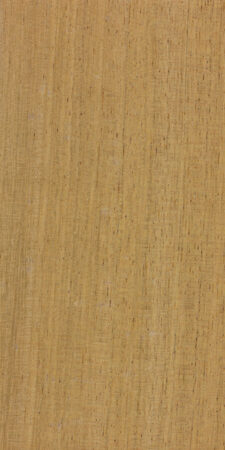
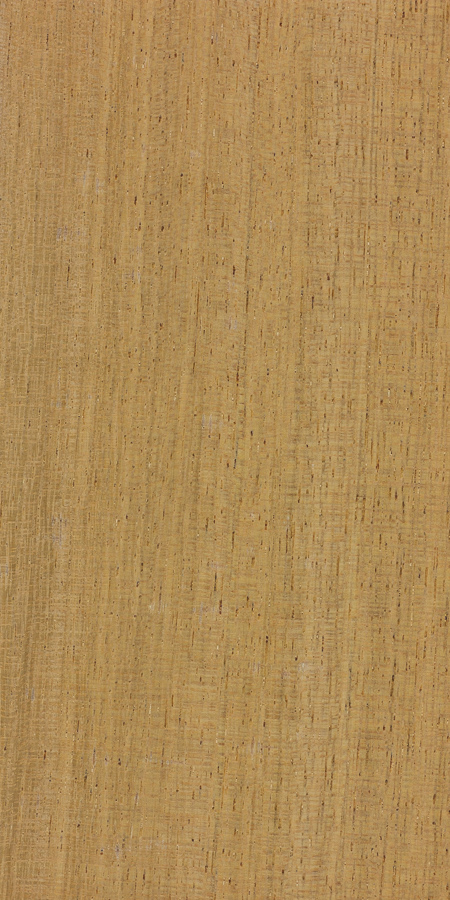
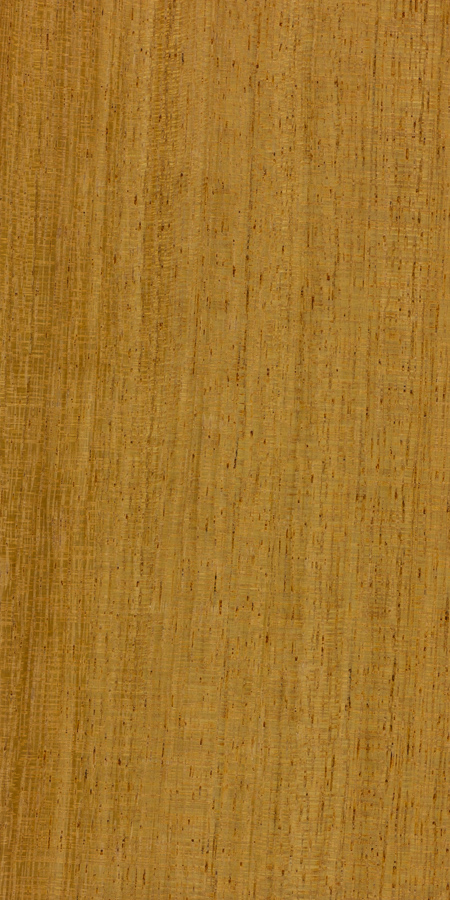
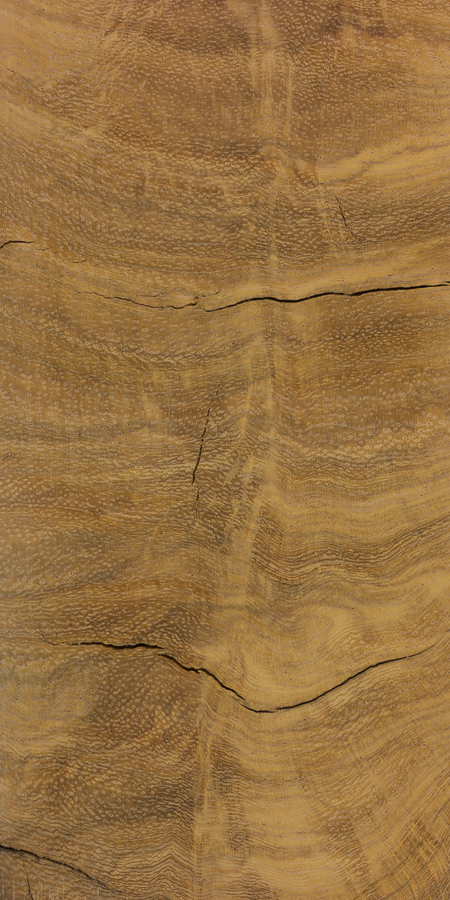
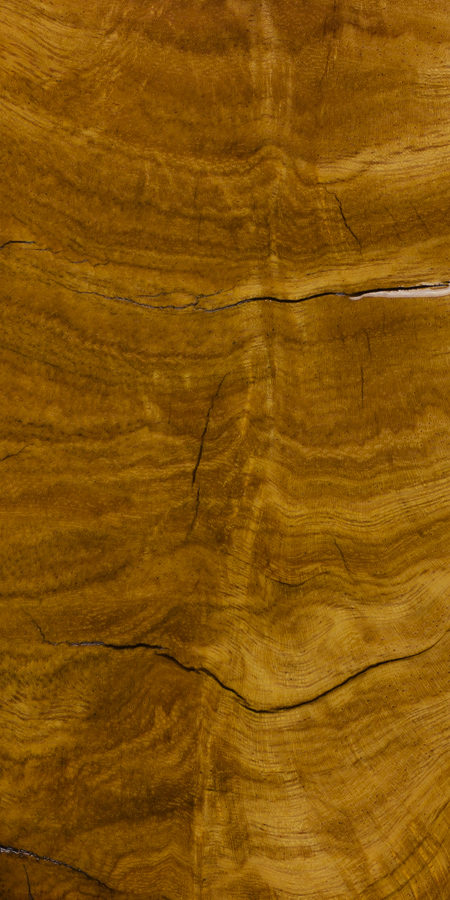
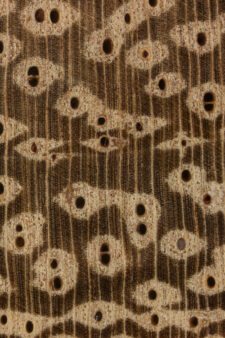

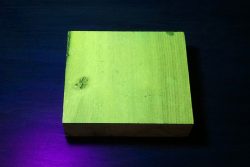



I brought a piece of this home from Mexico quite a few years ago. The aroma is fantastic but it was over powering. I made an occasional table from the wood. The figure was so wild in this piece that it was hard to do a glue up for the table top.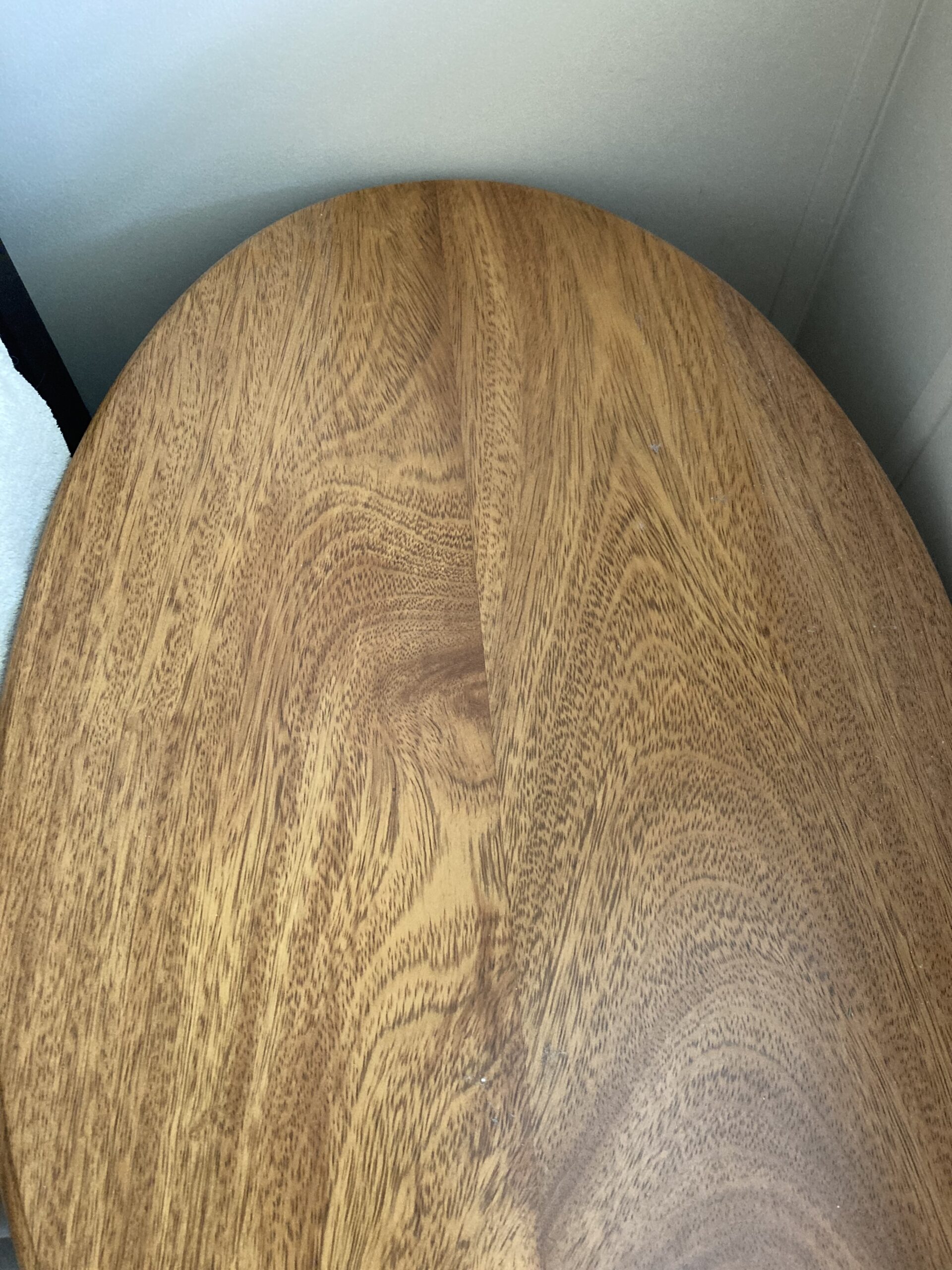
In Peru this wood is called Ishpingo
Mexico too.